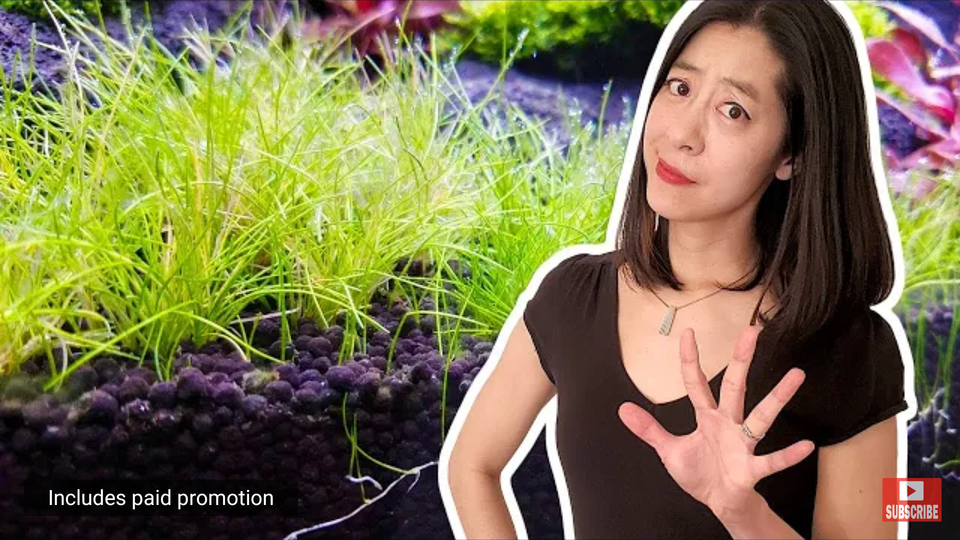Planted Tank Substrate: A complete guide
- Feb 15, 2021
- Anshika Mishra
- 919 0 0

When it comes to planted tank substrate, there are bundles of options to choose from. Some of the most popular include the nutrient-rich substrate organic soils and Aqua solid v/s, the other nutrient-free substrate like gravels and sand; so which one should you choose?
How to save money on the substrate?
The fact of the matter is that aqua soil is expensive, especially if you are trying to fill 3inches of the substrate in a huge tank. Sometimes, it can go out of your budget too.
No Aqua-Soil
So, the first tip is that you don't have to go for aqua specialty soils. These aqua soils do contain a lot of nutrients which can be bad:
- If it releases a lot of ammonia into the water.
- When combined with high light, the excess nutrients in the water will surely fill your tank with algae.
So, don't forget in the very beginning that if you are using aqua soil, you have to do daily water changes at first. You want to minimize as many nutrients as possible.
Layering or Mixing
Another way to save money would be to layer your more expensive substrate on the very bottom of the tank and then cover it with a cheaper substrate on the top layer. You can also mix gravel sand and aqua soil to make a good nutrition-balanced substrate.
If you have plants at just certain places in your tank, you can only put aqua soil directly underneath the plants and sand or cheaper substrate where there are no plants.
Tips for using sand substrate
A lot of people like to use sand because it is cheap and it can also grow plants. So, the first piece of advice for sand would be don't go for fine-grain sand because plants don't tend to like it a lot. The roots can spread easily into this sand.
You can so put a thin layer of gravel or pebbles on the bottom, and then you can put your pretty sand layer on the top, but that can leave room for the roots to really spread out and grow because those larger pebbles have gaps in between perfect for the roots to grow.
Best practice for root tabs
Many people like to go for DIY root tabs because they are cheaper but be very careful while using them because they tend to contain ammonia. IF that ammonia ever gets stirred in the water while planting a new plant, it will leak into your water and will definitely cause a serious problem for your fishes.
A lot of people also like to use dirted substrate, do know that if some years those nutrients will eventually get all used up by the plants. So, you can freeze chunks of organic soils and then put them back into the substrate to re-mineralize them.
If you don't want to go that technical and want to follow the easy path, you can directly buy root tabs, and a lot of times, they will come with a gel capsule that will dissolve rather quickly in the water so you want them in the water as quickly as possible. So, even if it does melt and a lot of nutrients does get into the water, it fine because they are mostly made safe for a thing like your fishes and shrimps, etc.
You should know about these Gel capsules that there is some amount of air captured inside them, so if you put it into the substrate a lot of times, it will pop out and flow up to the top. With the help of something, put these capsules into the substrate at a 45-degree angle, and it will prevent it from popping out.
Tricks for planting in the substrate
Different aquarium plants need to be planted into the substrate in different ways. There are some plants that you are not supposed to bury in the substrate, whereas there are some plants that are supposed to be plunged into the substrate as deeply as possible.
It can be a little confusing so make sure to do your research on that.
You might notice that while planting your plants in the substrate, they tend to float away. You can use the same root as root tabs with the plants, you can try to plant them at a 45-degree angle, and eventually, because of the light, they will grow up vertically and look perfectly fine.
Or you can use two tweezers, one part of tweezers to plant the plants in, and once it's all the way in, you grab the base of the plant with your second pair of tweezers, and then you can lift out your first pair without disturbing the substrate.
If you are planting plants with fragile roots, you should ut the entire basket in the substrate. That way, it will not float away as it always does.






About author